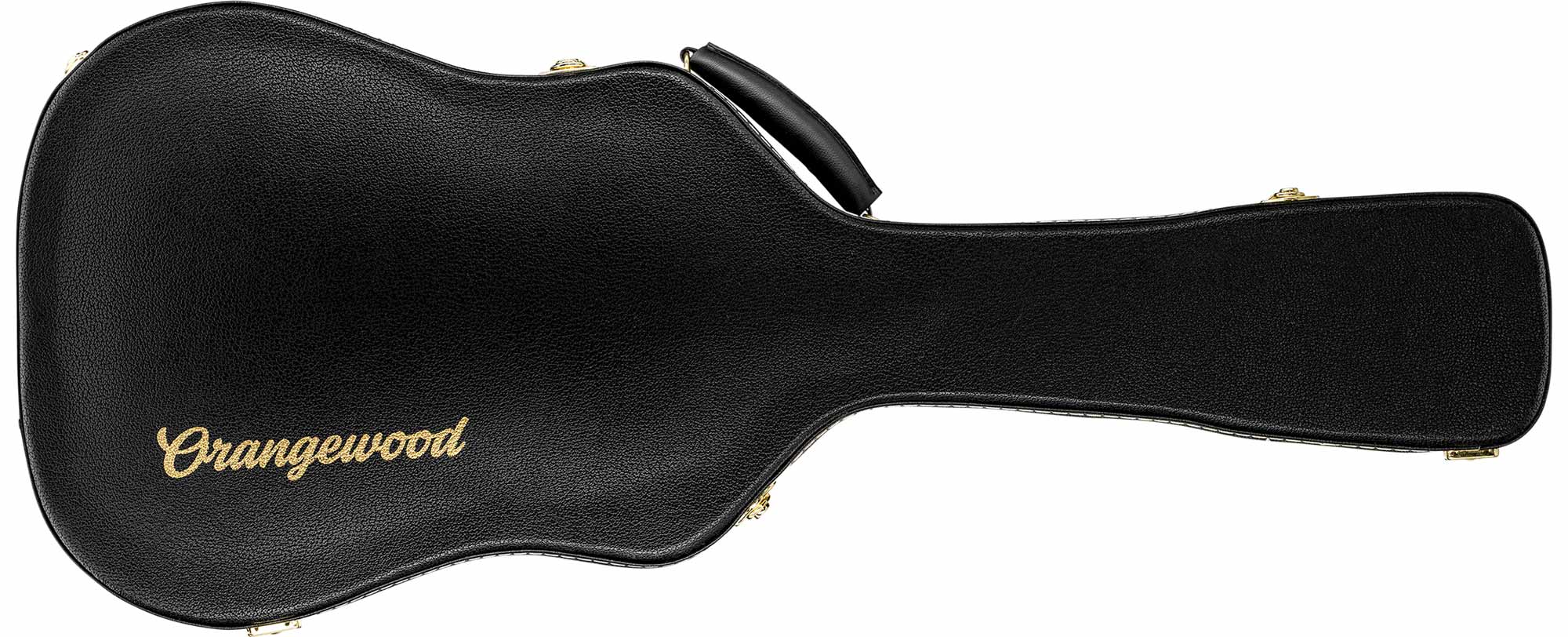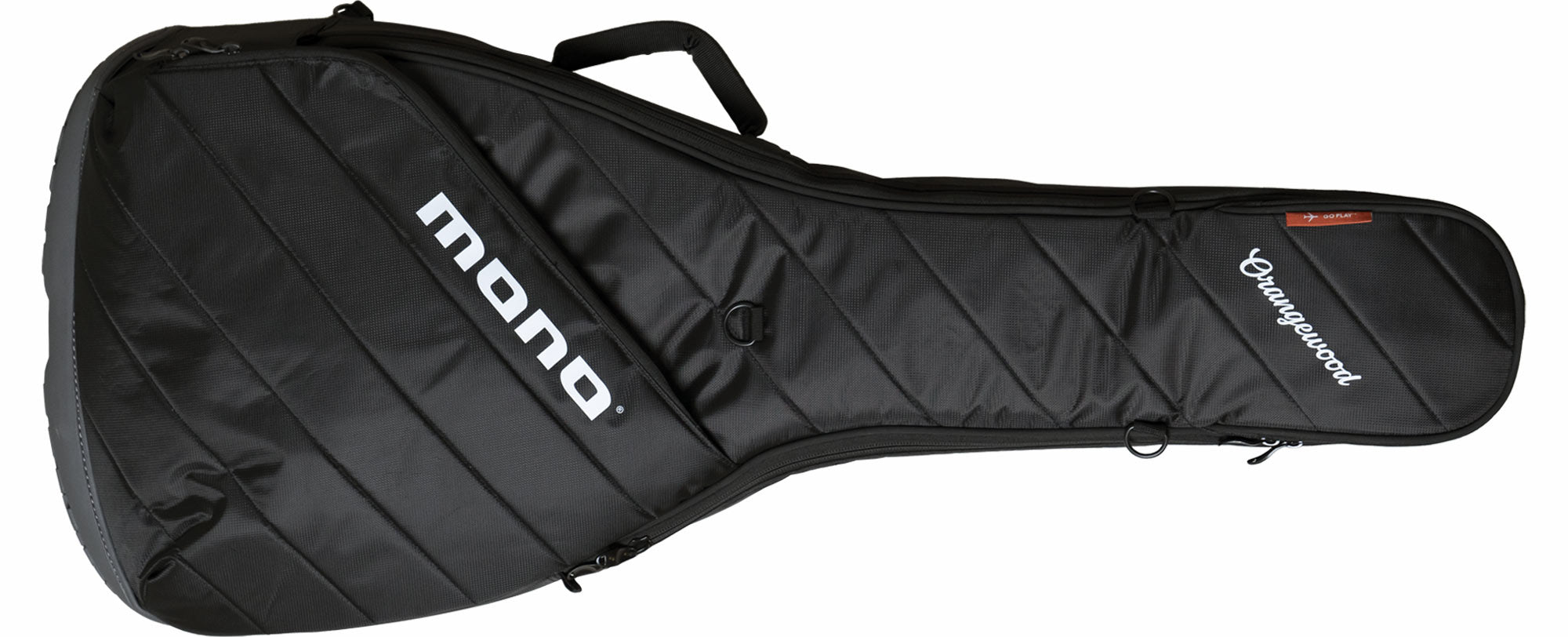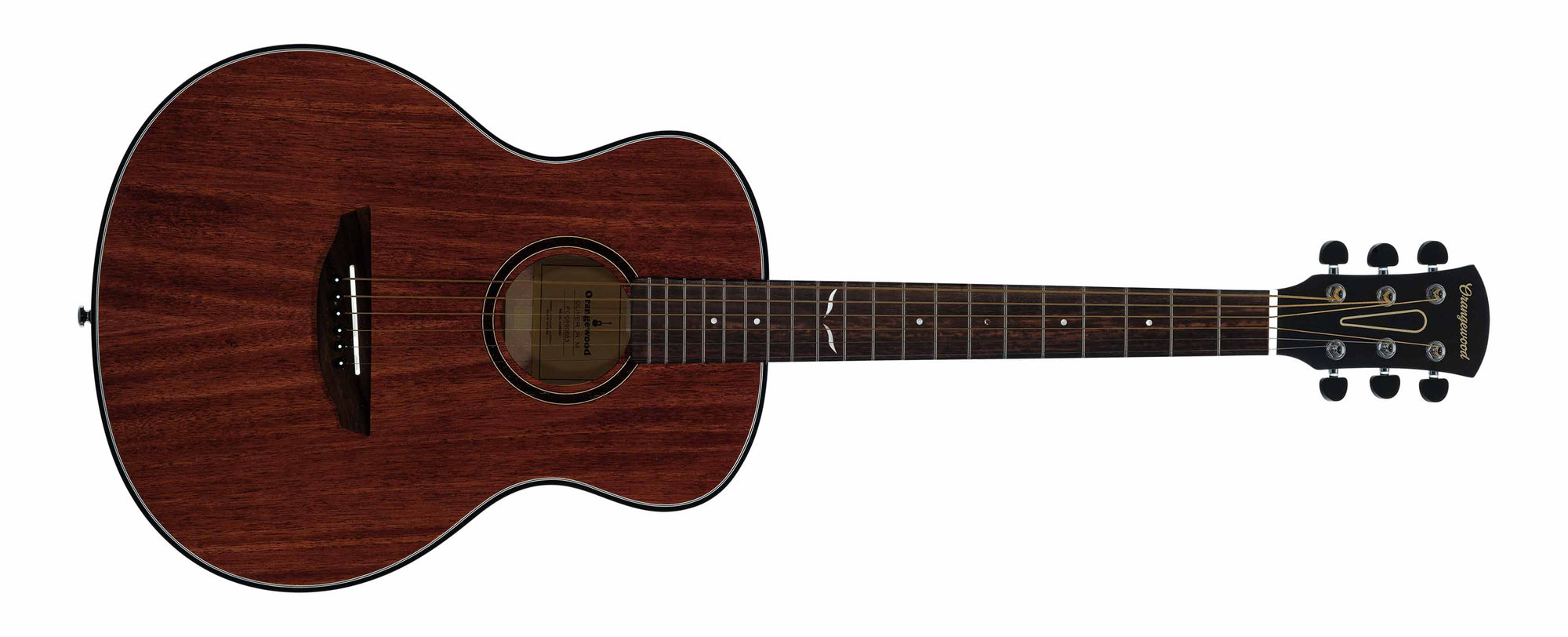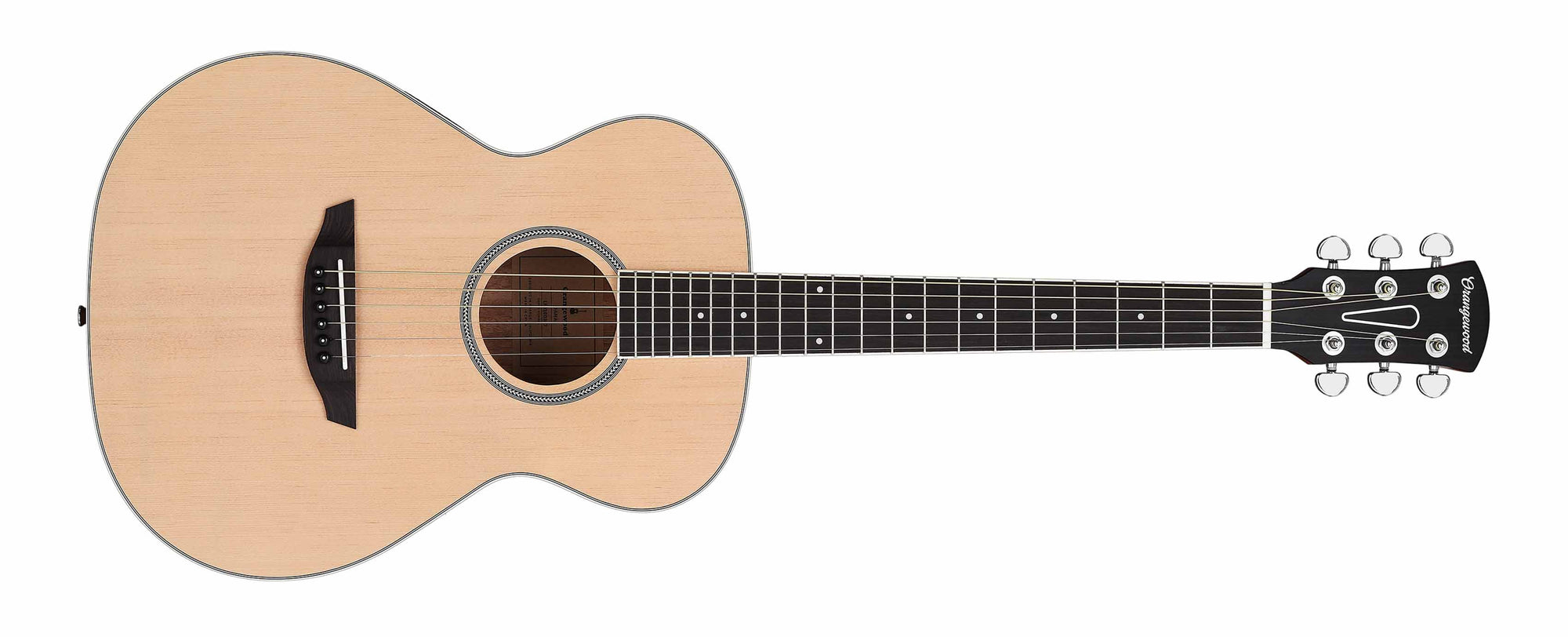
It’s exciting to arrive at your destination with a guitar, whether it’s a stop on a world tour or a long-awaited return home after the holidays. The not-so-fun part is spending the flight worrying about your guitar — your baby.
To make travel as stress-free as possible, we’re sharing some essential tips for flying with your guitar.
Remember — every airline has different policies for bringing aboard your guitar. Always check with your airline before you fly to ensure your guitar lands with you, safely.
What You’ll Need
Travel Accessories
Far from the safety of your guitar rack, airports and planes expose your guitar to many different environments, people, and tight spaces. Luckily, there are a few items you can get to make this experience less jarring for your guitar.
First up is proper humidification. A two-way humidity control kit makes your guitar less susceptible to injuries caused by onboard temperature changes and humidity, and it fits easily inside your case.
And of course, you’ll want a bag for your guitar. This is a no-brainer for avoiding scratches and bumps. The tricky part is figuring out what type of bag you should fly with.
Gig Bag or Hard Shell Case?

The short answer: either will work, but that depends on how you want to bring your guitar on the plane.
For a checked guitar, you’ll want a hard shell case. This is essential, as your guitar will be treated the same as any luggage (AKA: without great care) by transport authorities. A regular hard shell case will minimize risk here, but many guitarists prefer purchasing a travel-specific case.
For carry on, a soft shell gig bag is ideal as it ensures your guitar will fit in the overhead compartment or underneath the seat in front of you. It’s also less expensive.
To Lock or Not To Lock?
You might also consider getting a bag lock. Just make sure that the lock is TSA compliant; meaning they can be opened by TSA at any time to ensure the safety of other passengers. If your case comes with locks that aren’t TSA compliant — don’t lock your case when flying.
Prepping Your Guitar

Before you get to the airport, you’ll want to put your guitar in airplane mode.
First, loosen your strings. Temperature changes and jostling might cause a string to snap. Avoid this by giving your strings some slack.
Next, you’ll want to cushion your guitar. You can do this by wrapping it in fabric (i.e. a cozy hoodie), bubble wrap, or old newspapers. This is especially important if your case is slightly larger than your guitar. You’ll also want to add some layers between the strings and fretboard to avoid scratches.
Finally, remove or secure any loose items from your case. All picks, capos, tuners, and other important accessories should be kept in a separate pocket or bag.
Planning Your Guitar’s Journey
There are three main ways to transport your guitar on a plane: carry on, checked, or in the seat next to you. Ultimately, this choice depends on your budget, whether you want a hands-free travel experience, and how much supervision you want into your guitar’s voyage.
Here’s what you need to know about your three transportation options:
Checked Baggage
Some prefer a more hands-free travel experience. If that sounds like you, there are ways to protect your checked guitar. As a reminder, you’ll want to use a hard shell case when checking. Some airlines even require this!
The best way to guarantee a safe checking experience is to check your guitar at the gate — not the luggage counter. That way, fewer people will handle your instrument.
Further, before you hand off your guitar to the airline, give it a good inspection and take pictures to document its pre-flight condition. This will help in case you need to make a claim against the airline for any damages incurred.
You might also consider investing in travel insurance. We know it’s not fun to imagine your guitar getting lost or damaged, but it’s always better to be safe than sorry.
Carry On

While you can try to bring a smaller guitar or uke as a carry on, it'll likely have to fit in the overhead bin or underneath the seat in front of you. You run the risk of being forced to check your guitar at the gate if there isn’t enough space.
To make sure there’s enough overhead space, we recommend the following:
-
Research the plane's overhead bin dimensions. Make sure they are large enough to accommodate your guitar in its case.
-
Check in early for your flight. This may land you an earlier boarding group, so you’ll be one of the first to access the overhead bins.
-
Upgrade to priority boarding. If you didn't manage to get an early boarding group number, many airlines offer boarding upgrades.
-
Opt for your travel guitar. Smaller guitars are more suited for tight overhead spaces, and are easier to carry. Don’t have a mini guitar? We may have a few recommendations.
If all else fails, here’s another pro tip: ask a flight attendant if you can store your guitar in their up-front added storage space. Many will be happy to oblige if you’re polite.
A Seat Mate
Want to carry on your guitar without worrying about overhead space? You can buy your guitar its own ticket! Most airlines allow you to purchase a second seat for delicate items. Some airlines even offer these at a reduced cost.
While this is the easiest option for ensuring your guitar’s safety, it’s also the most expensive. Plus, some restrictions may apply. For example, your guitar must be seated next to you, not in an emergency exit row, and cannot block any signage. Check with your airline to review their policies.
Day-Of Travel
Now that you’ve considered all your options for bringing your guitar on board, and have fully prepped your guitar for the ride, here’s how your travel day should look.
Arrive early. This gives you extra time to go through TSA with your instrument. Guitars may require a special physical inspection, so expect a slow security experience. If you’re carrying on your guitar, you’ll especially want to stay ahead of schedule so that you can board the plane and access the overhead space sooner.
When you arrive at your destination, make sure to give your guitar another inspection. If any damages occurred in transit, you’ll want to put in a damaged items claim while still at the airport. We know this isn’t fun, but it’s necessary.
Thanks For Flying Air Orangewood
Knowledge is power when traveling with a guitar. We hope this information helps to make your travel experience as relaxed as possible, and that you’ll feel confident when bringing your music on-the-go.
Safe travels from Orangewood!








